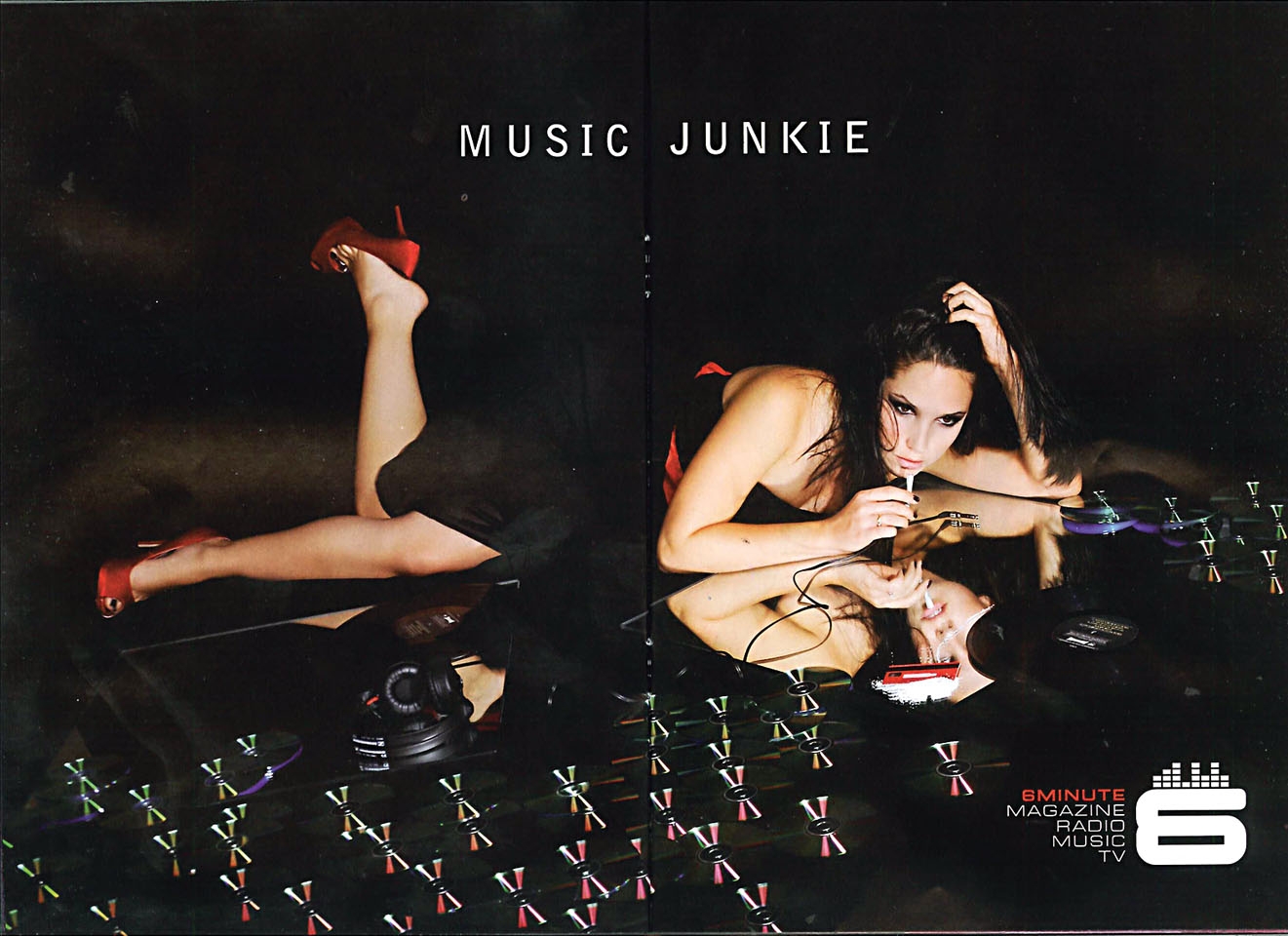
I am struggling with the notion of ethical responsibility in advertising. This industry has long been known for its willingness to do anything to promote a product, going far and beyond what is politically correct (think cigarettes and pharma). Often, there is public backlash, and the agency or brand would apologize and eventually everything blows over. For cigarettes, the outcome was a law that required consumers to be warned of the dangers of smoking on all ads. However, how effective is that warning, really? Much like banner blindness, many people are so used to seeing the little white box with lots of text that they don’t really read the message anymore. Much more effective are those NYC smoking ads that show the real harmful effects of smoking. But I digress. Ads for cigarettes are usually promoting a harmful product, recently, though, I’ve been noticing somewhat of a reverse trend: ads that use highly controversial things to promote harmless products or good causes.
It seems to me that in an effort to cut through the clutter, a lot of ads are crossing the line. I’ve been noticing a lot of shock creative pieces:


It’s no question that they work in terms of grabbing people’s attention, and could be effective, however, I think there should be some level of responsibility or accountability in advertising. Using a disaster such as 9/11 to promote another cause seems to compromise the sanctity of the original event (pardon the holier-than-thou sounding attitude). I just think that there are some topics that should be left alone, because of its history or implications, they should not be used for purposes of promotional profit.
One example is the following:
I get the message (I think). Kids are innocent and accepting, let them build a better world. This message (the message, not the ad itself) can work in building a strong, loyal relationship with the consumer because a consumer who believes in peace in mankind can align his beliefs with this brand. However, as a friend pointed out, the KKK is just not funny. You can’t put any kind of positive spin on the KKK because of what it represents – pure, unadulterated hatred for a group of people just because of skin color; and a mission to destroy that group. The KKK is something that has no place in advertising, there is no rhyme or reason for using such a controversial group to promote a kid’s toy. It’s shocking, it’s definitely memorable, but is it responsible? Is the KKK really something to make light of? I don’t think so.
Then there’s this debacle:
Yes, I get it, choose music over cocaine. But did the ad have to do this to make their point? Cocaine addiction is a serious issue, people die because of it. Using that to sell magazines seems trivial. Drug addition is neither funny nor positive. And when it comes down to it, can we really compare consuming information (about music), to consuming a substance that ruins lives?
I’ve been mulling over this ethics in advertising issue for as long as I’ve been interested in advertising. And this whole post started because of the video I linked to in yesterday’s post. As advertisers, we have a huge influence on pop culture and by proxy, shape society. There is effective advertising, and then there is good advertising. They are not mutually exclusive, but it seems to me that in the pursuit of profit, more and more advertisers are choosing to forgo responsibility in favor of shock value.











